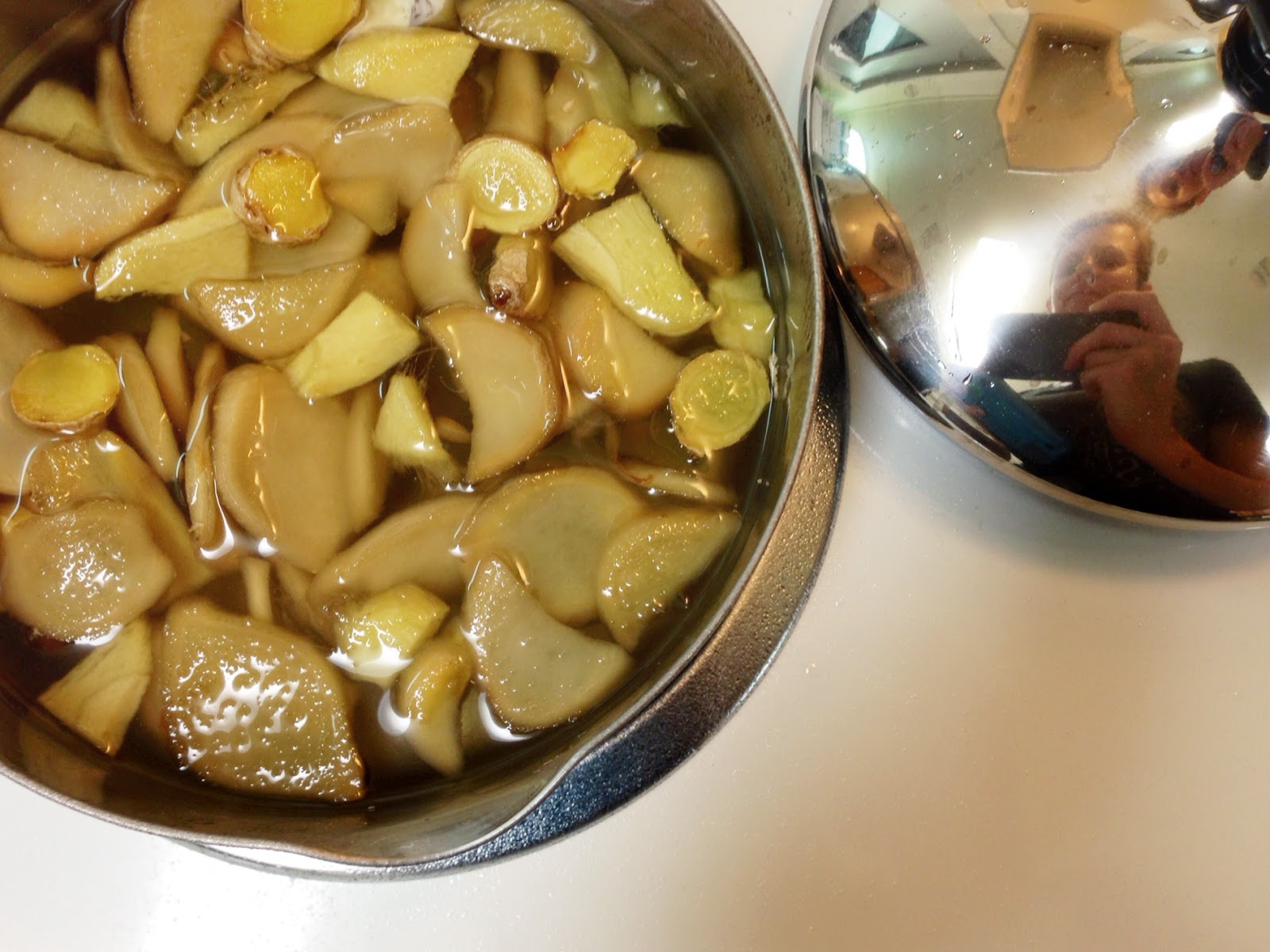Enterprise entered my life fourteen years ago. He walked right up to me, sat down, and I
fell in love. “If you ever, ever need a home for this cat I will
take him.” A year later, he was mine –
The Best Kitty Ever.
This past Wednesday we said goodbye.
Although I am heart-broken, I am thankful that we spent 13 years together. Even as a cat-person I never imagined such an
awesome kitty would come into my life for so long. He was truly
exceptional, a lover of all people, completely unbiased and nondiscriminatory.
In late August Enterprise was diagnosed with renal disease; his kidney
was too far gone to return to health and I knew his time with us was ending. I returned home, collapsed on the floor and
cried. In the following weeks I gave him
all my time, providing loving hospice care and taking him to the vet daily for
treatment. While this was unfolding my
husband was gone and I desperately wanted Enterprise to live long enough for
them to see each other again; they had a special bond that words cannot describe
but that was obvious when they were together.
Being a people-cat, Enterprise sometimes had separation anxiety when we
would leave, and especially when my husband was gone repeatedly for so many
months. Throughout these times I promised Enterprise that we would always
come home, every time we walked out the door we would always, always come back; I promised. So
when he first got sick and my husband was away I asked Enterprise to hang on
until he returned. At that time his health stabilized and remained so for
almost six weeks. He was a tough cat and
hung on so we could fulfill that promise one last time.
Two weeks after my husband came home Enterprise’s condition began to
decline. On Monday we found out that anemia had set in; he stopped eating
on his own and his movements slowed. On Wednesday afternoon he
got worse very, very quickly and I knew it was time to say goodbye because he
would have had a miserable and probably painful night. We knew we would
have to make the decision at some point and it was definitely time for him to
rest.
That evening we all sat on the sofa together just as we always do,
we wanted him to be comfortable and have a normal night. Our friend, who
took care of Enterprise when we would travel, kindly drove us to the vet's office. My
husband and I were with Enterprise when he died, very peacefully, in a quiet,
private room. He will be cremated (with his favorite string, of course)
and returned to us in traditional Japanese style; I somehow plan to return him to The States for
a private burial in my parents’ backyard, alongside our family’s two other
beloved cats.
I want to thank all of our family and friends whose thoughts and
prayers helped support us during this grievous time. Our little family is
forever changed and this support means everything. I know to some other
people a cat is a cat, but you all understand that Enterprise was not just a
cat, but a member of the family who will be loved and missed by everyone who
had the pleasure and fortune of knowing him.
Rest in peace, our dear, sweet Enterprise, The Best Kitty Ever.


























































